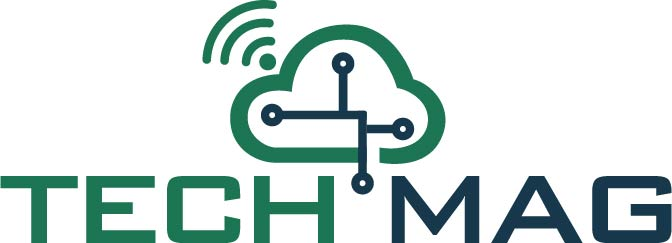
Global Navigation Satellite System antenna segment in geographic information system market is estimated to exhibit an excellent growth at over 10% CAGR during the forecast timeline. As new signals and frequencies are being increasingly used in modernized GNSS, the antennas are expected to play a critical role in the proper functioning of the GNSS receivers. The GIS professionals are increasingly using geodetic and handheld receiver antennas for high-precision and fixed-site GNSS applications to obtain high positional accuracy. The growing usage of the GNSS technology in various applications, such as precision agriculture, marine, construction, and surveying, is expected to support the increasing demand for these antennas during the forecast period.
GIS technology is used in a broad range of application areas including urban planning, disaster management, construction, mining, and transportation. For instance, facility managers make use of the GIS tools to support a variety of information systems and business processes for the facility management functions such as route mapping, building condition assessment, and space use optimization.
Request for a sample copy of this research report @ https://www.decresearch.com/request-sample/detail/2268
Geographic Information System Market is projected to surpass USD 9 billion by 2024.
Geographic Information System Market in North America is projected to account for a majority market share of around 35% by 2024. The market growth is driven by the growth of the geospatial industry with the launch of new satellite navigation systems. For instance, in March 2018, NASA launched the next-generation weather satellites for the National Oceanic and Atmospheric Administration (NOAA). NOAA's Geostationary Operational Environmental Satellite-S (GOES-S) provides more accurate and detailed data to track storm systems, lightning, wildfires, coastal fog, and other hazards that affect the western U.S. The extensive presence of the major market players, such as Esri and Autodesk, in the region is also expected to drive the Geographic Information System Market growth between 2018 and 2024.
Advancements in GIS technologies, such as location-based data services, are also expected to fuel the geographic information system market growth over the forecast period. Another factor contributing to the increasing uptake of the technology is the growing usage of cloud-based GIS platforms. The complexities related to storing and maintaining location-based data have accelerated the need to adopt cloud-GIS platforms for efficient data management, reduced cost, and improved productivity.
Geographic Information System Market in Asia Pacific is projected to register an accelerated growth at a CAGR of over 15% during the forecast period. Increasing urbanization and government-led initiatives to support the development of smart cities are projected to increase the demand for the technology between 2018 and 2024. The government agencies in the region are also contributing to the development of the spatial industry by investing in private ventures and space startups. For instance, in March 2018, the Japanese government approved USD 940 million for the space startups that act as a key to the long-term growth of the nation's space industry. This will further generate the demand for high-resolution GPS systems, receivers, and imaging sensors to capture and analyze the geospatial data in a better manner.
The technology is primarily used for storing, managing, and analyzing data & associated attributes, which are spatially referenced to the Earth. It is a geographic approach for spatial data analysis and links the data with descriptive information to offer businesses an easier way to analyze maps and reveal hidden patterns to answer a variety of questions related to geography. The organizations of all sizes and in almost every industry are dependent on geographic data to make decisions regarding allocating resources, targeting a market segment, planning a distribution network, and responding to emergencies. The GIS technology is becoming an essential tool to amalgamate various maps and remote sensing information to generate location-based models to be used by the organizations for business decision-making.
Request for customization @ https://www.decresearch.com/roc/2268
The competition in the Geographic Information System Market is driven by various technological innovations in the geospatial industry for facilitating the acquisition of spatial data. Due to product development initiatives and partnerships adopted by the GIS providers, the competition in the Geographic Information System Market is expected to intensify over the forecast timeline. For instance, in November 2017, Autodesk and Esri announced a strategic partnership for the amalgamation of their Building Information Management (BIM) and GIS mapping technologies to enable their shared customers to build a more connected infrastructure by synthesizing information from both the applications.
In January 2017, TerraGo, a GIS & GPS software company based in the U.S., partnered with CompassTools to deliver advanced GIS & GPS data collection solutions. CompassTools helps customers to deploy custom TerraGo mobile data collection solutions with integrated support for hardware and software platforms including Trimble and Esri.
Related Reports: -
Geospatial Imagery Analytics Market: https://www.prnewswire.com/news-releases/geospatial-imagery-analytics-market-to-cross-usd-8-bn-by-2025-global-market-insights-inc-300882062.html
Mobile Mapping Market: https://www.globenewswire.com/news-release/2020/07/22/2065563/0/en/Mobile-Mapping-Market-to-cross-USD-65-Bn-by-2026-Global-Market-Insights-Inc.html
